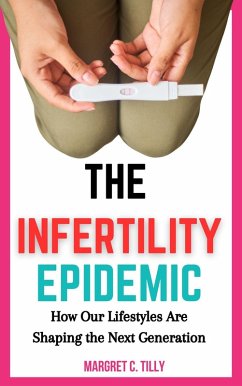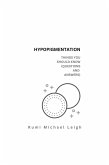Stress levels have skyrocketed, turning the body's delicate hormonal balance into a battlefield. The relentless pursuit of career success, financial stability, and social validation leaves little room for reproductive health. Chronic stress increases cortisol, disrupts ovulation, and weakens sperm quality, making conception an uphill battle. The body prioritizes survival over reproduction, and in a world where burnout is a badge of honor, fertility is paying the price.
Nutrition has shifted from whole foods to processed convenience. Fast meals, artificial additives, and nutrient-deficient diets have replaced the essentials needed for reproductive health. Hormone-disrupting chemicals lurk in everyday products, from plastic containers to personal care items, silently interfering with the body's natural rhythms. Obesity and malnutrition, once seen as extremes, are now widespread factors influencing fertility outcomes for both men and women.
Technology and modern conveniences have changed the way humans live, but they have also come with unintended consequences. Sleep deprivation is at an all-time high, thanks to late-night screen exposure and disrupted circadian rhythms. Sedentary lifestyles contribute to declining testosterone levels and poor reproductive function. Even the way relationships form has changed, with delayed family planning and an increasing reliance on assisted reproductive technologies to bridge the gap.
Environmental toxins have infiltrated the food supply, air, and water. Endocrine disruptors, pesticides, and heavy metals accumulate in the body, often undetected, yet their impact on fertility is undeniable. Sperm counts have plummeted globally, with research pointing to chemical exposure as a leading cause. Women face an uphill battle as well, with rising cases of polycystic ovary syndrome (PCOS), endometriosis, and other reproductive disorders linked to environmental triggers.
Delaying parenthood is no longer just a personal choiceit has become a societal trend. Economic pressures, career ambitions, and shifting cultural expectations push childbearing further into the future. While medical advancements have made later pregnancies possible, they have not eliminated the biological reality that fertility declines with age. The misconception that science can always intervene has led many to believe time is unlimited when, in reality, biology operates on a strict timeline.
Medical interventions are more accessible than ever, but they are not foolproof. In vitro fertilization (IVF), egg freezing, and fertility treatments offer hope, but they come with physical, emotional, and financial burdens. Success rates vary, and the process is often grueling. The rise in assisted reproductive technologies is a reflection of a deeper crisisone where natural conception is becoming increasingly difficult, forcing many into complex medical pathways.
Society is at a crossroads. The infertility epidemic is not a mysteryit is a consequence of how modern life has evolved. The trends are clear, the patterns undeniable. The question is no longer whether infertility is on the rise, but rather, what can be done to change the trajectory before it becomes the new normal.
Dieser Download kann aus rechtlichen Gründen nur mit Rechnungsadresse in A, B, CY, CZ, D, DK, EW, E, FIN, F, GR, H, IRL, I, LT, L, LR, M, NL, PL, P, R, S, SLO, SK ausgeliefert werden.









